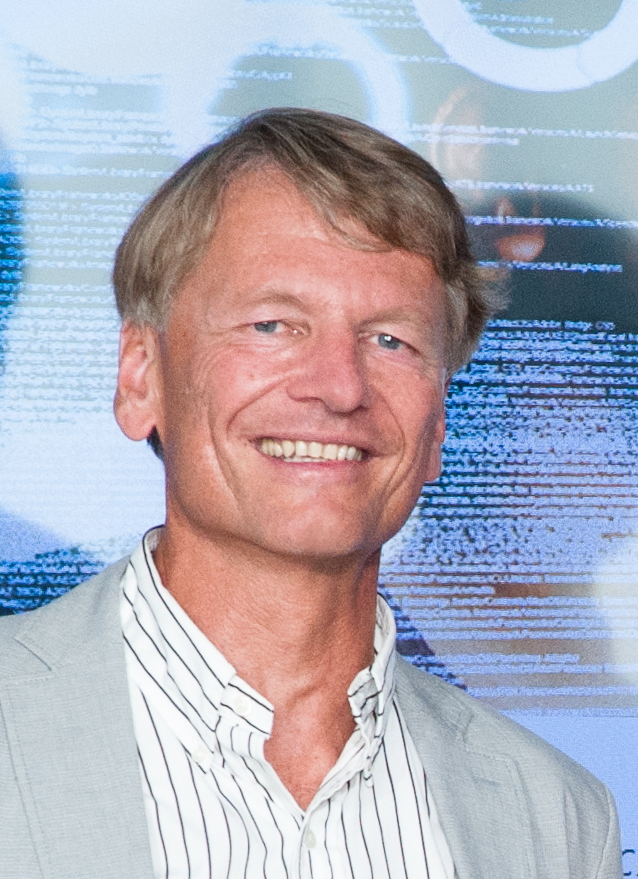Cited By
View all- Farcas CFarcas EKrueger IMenarini M(2010)Addressing the Integration Challenge for Avionics and Automotive Systems—From Components to Rich ServicesProceedings of the IEEE10.1109/JPROC.2009.203963098:4(562-583)Online publication date: May-2010



